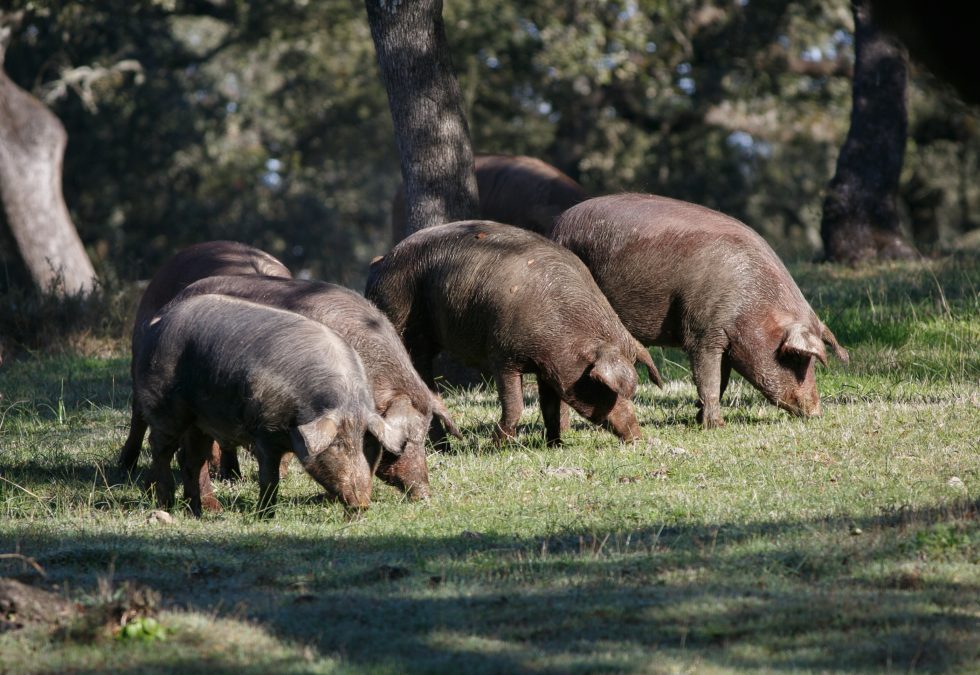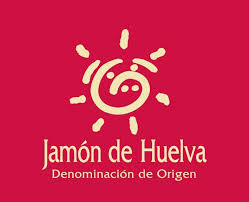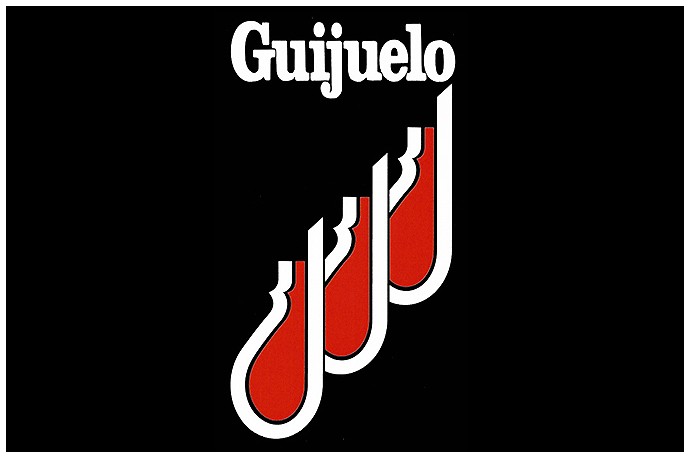Iberian ham is an emblematic product of Spanish cuisine, appreciated both nationally and internationally. But what makes one Iberian ham different from another? The answer lies, in large part, in Protected Designations of Origin (PDOs) . These certifications not only guarantee the quality of the product, but also its origin and production process. In this post, we explain what PDOs are, how many exist in Spain, and what characteristics make them unique.
What is a Protected Designation of Origin (PDO)?
According to Regulation (EC) 1151/2012 of the European Parliament, a PDO identifies a product originating in a specific place, whose quality or characteristics are essentially or exclusively due to a particular geographical environment, including natural and human factors. Furthermore, all stages of production must take place within the defined geographical area. This ensures that the final product is faithful to the traditions and environment of its origin.
Difference between PDO and PGI in Iberian ham
It is important to differentiate a PDO from a Protected Geographical Indication (PGI) . While in a PDO all production phases must occur in the same geographical area, a PGI only requires that at least one of the production phases take place in the defined geographical area. This gives PGIs greater flexibility regarding the place of production.
The 4 Protected Designations of Origin for Iberian Ham in Spain
In Spain, there are four PDOs that regulate the production of Iberian ham, each with its own distinctive characteristics:
- Dehesa de Extremadura DOP: Established in 1990, this DOP covers one million hectares of pastureland in the provinces of Cáceres and Badajoz. The Extremadura pastureland, with its holm oak and cork oak forests, provides an ideal environment for raising Iberian pigs. Iberian acorn-fed hams and shoulders carry a red seal, those fed on a green one, and those fed on a cream-colored one. The pigs can be purebred Iberian or Duroc-Jersey crosses, with a minimum of 75% Iberian breed. The continental climate with Atlantic influence favors the curing of the pigs. The curing time is two years for shoulders and three to four years for hams. It is considered the most rigorous designation of origin in Spain, with exhaustive controls throughout the entire process.
- Guijuelo DOP: Established in 1984, this is the oldest of the Iberian ham DOPs. It is located in the province of Salamanca, including municipalities such as Guijuelo, Ledrada , and Béjar. The pigs are purebred Iberian pigs or Duroc-Jersey crosses, with a minimum of 75% Iberian pigs. The cold, dry winters and mild, short summers mean the hams require less salt and have a sweeter flavor. Bellota hams and shoulders carry a red seal and a Reserva label, while Iberian hams carry a yellow seal and a white label. The hams spend longer in drying sheds at over 1,000 meters above sea level, which contributes to their distinctive flavor.
- DOP Jabugo: Formerly known as DOP Jamón de Huelva, it was registered in 1998 and is located in the province of Huelva, although its pigs are raised in the pastures of Extremadura and Andalusia. The pigs must be slaughtered in the production area, which includes 31 municipalities in the Sierra de Huelva. The pigs are purebred Iberian pigs or pigs crossed with a purebred Iberian mother and an Iberian male. Purebred Iberian acorn-fed ham bears a red seal, Iberian acorn-fed ham bears a green seal, Iberian recebo ham bears a blue seal, and Iberian cebo de campo ham bears a yellow seal. The local climate, with high temperatures in spring and summer and mild temperatures in winter, favors the curing of the pigs. The pigs are fed exclusively acorns and natural pastures during fattening. The production process takes more than four years.
- Los Pedroches DOP: This is the most recent, recognized in 2006, and covers 32 municipalities in the north of the province of Córdoba. The production, breeding, and fattening areas coincide with the processing area. The pigs are purebred Iberian pigs or Duroc-Jersey crosses, with a minimum of 75% Iberian breed. Acorn-fed hams and shoulders carry a black seal, recebo hams a red seal, and cebo de campo hams a yellow seal. The climate, with cold winters and hot summers, is similar to that of Jabugo, resulting in hams with similar characteristics. 100% acorn-fed hams stand out for their pink color, pleasant aroma, and fruity, toasted nuances.
Why choose an Iberian ham with PDO?
Choosing a DOP ham is a guarantee of quality, authenticity, and respect for tradition. These certifications ensure that you are purchasing a product that has undergone rigorous quality controls and comes from a specific geographical area, giving it unique characteristics. Furthermore, by purchasing a DOP ham, you support the preservation of a centuries-old tradition and the work of local producers.
Ultimately, Protected Designations of Origin are much more than simple labels; they are a guarantee of quality, authenticity, and respect for tradition. Each of the four PDOs for Iberian ham in Spain offers a unique product, influenced by its natural environment, climate, and the artisanal techniques used in its production. By choosing an Iberian ham with a PDO, you are not only enjoying an exquisite delicacy, but also supporting the preservation of a centuries-old tradition that defines the essence of Spanish gastronomy.


 Español
Español
 Català
Català  English
English Français
Français Deutsch
Deutsch Italiano
Italiano Dutch
Dutch




